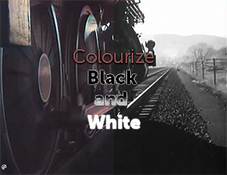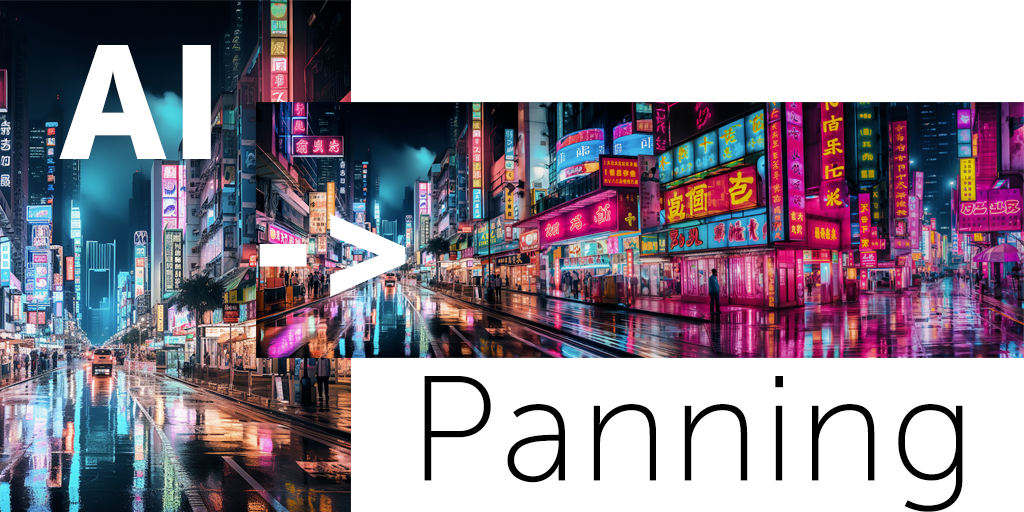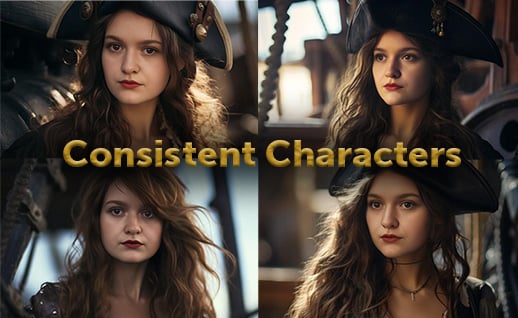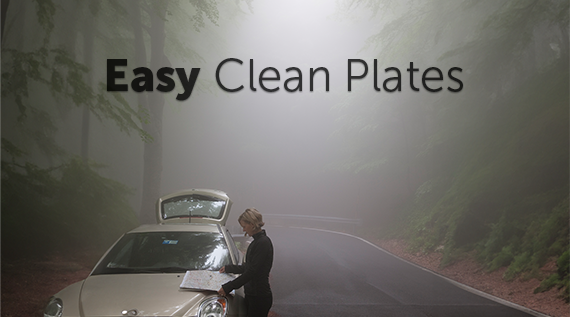With six Vimeo Staff Picks, Michael has established himself as a timelapse superstar. For him, it starts with location, location, location: identifying interesting locations to film and spending a lot of time scouting the location before ever setting up the camera. His motto: “You never know until you go.”
You’ve said you don’t necessarily want to shoot the usual, oft-seen spots. How do you determine locations?
I only go to places I find interesting. Whatever gets me excited — whether it’s photos, videos, or people’s feedback — I’ll try to plan a trip there. Beyond that, I go to Google Earth and roam around a lot. I’ve probably Google Earth’d everywhere in California. I spend lots of time online researching possible locations.
That said, I’ve learned that you can’t really know a place without going there. Like Joshua Tree National Park. I was never that interested in going. The images I’d seen didn’t excite me and I’d heard from people it wasn’t that interesting of a location. The skies weren’t that dark, the rocks not that cool, that kind of thing … I figured it wasn’t worth it.
But I was recently in San Diego and really wanted to shoot a night sky. In southern California, there aren’t that many amazing natural locations to hit, so Joshua Tree was a logical choice. When I got there, I started climbing around, finding cool spots. It was such a blast to explore, and I got some awesome photos. It proved to me that you “never know until you go.” It’s about your own personal journey and experience with the place — I had to see it for myself.
How has timelapse photography evolved since you got into it?
You see so much night sky timelapse now, mainly thanks to Canon’s 5D Mark II and other great high ISO camera systems. When that came out in 2008, it really defined how you captured the night sky. The advancement of ISO control and image quality alone speaks to the evolution of timelapse and photography. We’re now shooting 4K standard, and 8K is on its way up.
Beyond the gear, there are new techniques being applied, like hyperlapse. I started hyperlapse a few years ago, before it became an app. It’s great for capturing 3D spaces, showing a structure’s shape and form. But it’s not for me. I like timelapse for different reasons. For me, it’s about showing patterns and repetitions — clouds billowing, traffic moving, a sunset’s colors changing … how our earth moves, and how we move on it. The motion of hyperlapse is great, but sometimes it gets in the way of my purpose: to show those patterns and motions. Sometimes it’s a little too jarring and rapid for my tastes.
Mirror City is a kaleidoscopic journey through some of the great American cities: Chicago, San Francisco, San Diego, Las Vegas, and Los Angeles.
What do you think of the popularity of timelapse photography?
Although it’s harder to make a splash, and timelapse probably had more of a wow factor a few years ago, it’s great that people are getting out there and being really creative with it. Yes, the timelapse market is becoming more saturated, but I think that’s okay. I like that the community is growing.
I started with all this to be a part of the community in the first place, to create art. It’s nice to see so many awesome young photographers and filmmakers creating amazing stuff. The growth of art and culture is always a good thing.
What’s your process?
The most important part for me is scouting. I take a lot of time to do that. I’ll spend days, looking at different rock formations, patterns on the ground, the way a tree interacts with the background. I get to know the environment. Then it becomes more personal than rushing out of the car and being like “Oh there’s a tree to pass a dolly by.”
In the past couple of years, I’ve started focusing on getting a composition that’s both impressive and that connects on a personal level — something that speaks to me and in a style people will recognize as mine. That takes a lot of planning.
What are your three shoot must-haves?
- A positive, open-minded, respectful attitude. Be open to new experiences. A lot is planned but a lot is spontaneous. If you’re ever thinking, Should I go or not, just go. Taking a risk is how a lot of my most interesting pieces have resulted. But you also need to be respectful of the environment you’re filming: don’t trash it, don’t endanger it — step carefully.
- Hard work. Shoot as much as possible, get out there as much as possible, and try your best. Put the work in and you’ll get what you’re looking for.
- Passion. Yes, you need to worry about money as a professional photographer/filmmaker, but that should not be the reason you’re pursuing the craft. That’s not the reason we’re filmmakers. I feel like most successful artists started out of the pure joy and excitement — the lack of being able to put the camera down.
Challenges specific to timelapse photography?
The data is really hard to deal with. Backing up data is challenging. It takes a lot of time. Often I’ll choose to shoot stills over timelapse because I don’t want to deal with the data. My advice: make sure everything is backed up at least three times, with at least one of those being off-site.
Your videos have earned an impressive six Vimeo Staff Picks. Any tips for people hoping to earn one?
First, remember that you can’t expect a win every time. Not everything you produce is going to go viral. Take your time to make something that means something to you and you’ve put your heart into, something you’re proud of.
I was so surprised when I got my first Staff Pick. “Existence” was my first video, and I didn’t set out to get one. I’d worked on it for months and was just excited to share it with friends and family. So I put it on Vimeo … I was honestly in shock when I got the email. It was so cool to me that they saw the same thing I did when I was envisioning the project.
What’s next?
I don’t want to get too stressed about what I’m going to do next. I’ll keep going with where the wind blows me. I have some new ideas for city and landscape content, but I like to take everything with a certain spontaneity. I’ll definitely keep traveling and discovering new places. I like to have fun with art but not take it too seriously. For now, I’ll keep shooting as much as possible, learning, and progressing. If I ever stop learning, I’ll know it’s time for a change.
See all Michael’s footage. You can see more of his work on his website, and follow him on Vimeo, Instagram, or Facebook.
Posted by
Dissolve
Dissolve Premium (dissolve.com) has been the go-to for quality stock footage and photos by the world's top creative agencies and production houses. Some of the best filmmakers and stock producers from around the world are with Dissolve — our rapidly growing collection of unique, compelling footage is a testament to that. In addition to our quality stock footage and photography business, we launched Dissolve Creators (dissolve.com/creators/community). A platform for photographers, filmmakers, producers, and designers to connect and share their work as free downloadable content. We offer these creatives (amateur or pro) a bridge to our clientele, gig opportunities, networking opportunities, as well as our knowledge of the stock industry.
.png)
.png)
.png)




